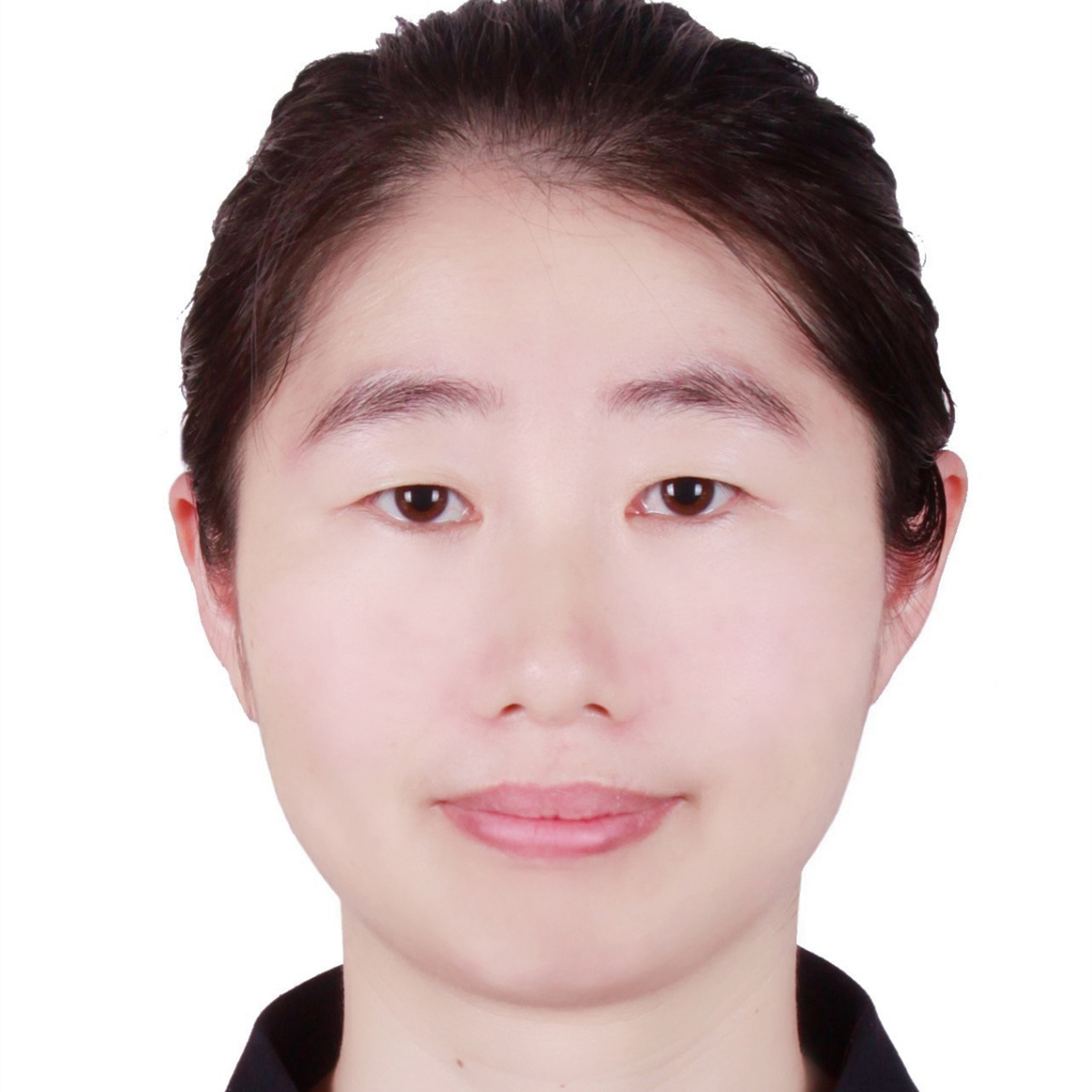Areas of Focus
- Analysis of core quality factor formation mechanisms in specialty horticultural crops and utilization of gene resources
Work Experience
- 2022-10~Present - South China Botanical Garden, Chinese Academy of Sciences - Associate Researcher
- 2021-11~2022-10 - Royal Holloway, University of London - Visiting Scholar
- 2021-01~2021-11 - South China Botanical Garden, Chinese Academy of Sciences - Associate Researcher
- 2013-07~2020-12 - South China Botanical Garden, Chinese Academy of Sciences - Assistant Researcher
Academic Background & Achievements
- 2008-09--2013-06 PhD: Zhejiang University
- 2004-09--2008-06 Bachelor's Degree: Zhejiang University
Publications
- Effect of the biosynthesis of the volatile compound phenylacetaldehyde on chloroplast modifications in tea (Camellia sinensis) plants, Third Author, 2023
- Research Advances in Amino Acid Metabolism and Transformation of Tea Plants (Camellia sinensis), Third Author, 2023
- Mechanism underlying the carotenoid accumulation in shaded tea leaves, First Author, 2022
- Strategies for studying in vivo biochemical formation pathways and multilevel distributions of quality or function-related specialized metabolites in tea (Camellia sinensis), Second Author, 2022
- Editorial: Interactions Between Biochemical Pathways Producing Plant Colors and Scents, Corresponding Author, 2022
- Transformation of Salicylic Acid and Its Distribution in Tea Plants (Camellia sinensis) at the Tissue and Subcellular Levels, Sixth Author, 2021
- Research Advances in Carotenoid Synthesis and Metabolic Regulation in Tea Leaves, Corresponding Author, 2021
- Stable isotope-labeled precursor tracing reveals that L-alanine is converted to L-theanine via L-glutamate not ethylamine in tea plants in vivo, First Author, 2021
- Nonaqueous fractionation and overexpression of fluorescent-tagged enzymes reveals the subcellular sites of L-theanine biosynthesis in tea, First Author, 2021
- Strategies for studying in vivo biochemical formation pathways and multilevel distributions of quality or function-related specialized metabolites in tea (Camellia sinensis), Second Author, 2020
- Molecular Mechanisms Determining the Differential Accumulation of Carotenoids in Plant Species and Varieties, Second Author, 2020
- Metabolism of Gallic Acid and Its Distributions in Tea (Camellia sinensis) Plants at the Tissue and Subcellular Levels, Seventh Author, 2020
- Characterization of L-theanine hydrolase in vitro and subcellular distribution of its specific product ethylamine in tea (Camellia sinensis), First Author, 2020
- Lycopene cyclases determine high alpha-/beta-carotene ratio and increased carotenoids in bananas ripening at high temperatures, First Author, 2019
- Differential accumulation of specialized metabolite L-theanine in green and albino-induced yellow tea (Camellia sinensis) leaves, Second Author, 2019
- Microscopic Analyses of Fruit Cell Plastid Development in Loquat (Eriobotrya japonica) during Fruit Ripening, Fourth Author, 2019
- Visualized analysis of within-tissue spatial distribution of specialized metabolites in tea (Camellia sinensis) using desorption electrospray ionization imaging mass spectrometry, Second Author, 2019
- Comparative analysis of pigments in red and yellow banana fruit, First Author, 2018
- The Changes of Anthocyanin Content During the Development of Primulina swinglei Flower, Third Author, 2018
- Biosynthesis of jasmine lactone in tea (Camellia sinensis) leaves and its formation in response to multiple stresses, Third Author, 2018
- Formation and emission of linalool in tea (Camellia sinensis) leaves infested by tea green leafhopper (Empoasca (Matsumurasca) onukii Matsuda), Sixth Author, 2017
- Formation of (E)-nerolidol in tea (Camellia sinensis) leaves exposed to multiple stresses during tea manufacturing, Sixth Author, 2017
- Proteolysis of chloroplast proteins is responsible for accumulation of free amino acids in dark-treated tea (Camellia sinensis) leaves, Second Author, 2017
- Differential responses of four biosynthetic pathways of aroma compounds in postharvest strawberry (Fragaria x ananassa Duch.) under interaction of light and temperature, First Author, 2017
- Analytical method for metabolites involved in biosynthesis of plant volatile compounds, First Author, 2017
- Studies on the Biochemical Formation Pathway of the Amino Acid L-Theanine in Tea (Camellia sinensis) and Other Plants, Second Author, 2017
- Does oolong tea (Camellia sinensis) made from a combination of leaf and stem smell more aromatic than leaf-only tea? Contribution of the stem to oolong tea aroma, Third Author, 2017
- The sphingolipid biosynthetic enzyme Sphingolipid delta8 desaturase is important for chilling resistance of tomato, Third Author, 2016
- Spatial differences in (Z)-3-hexen-1-ol production preferentially reduces Spodoptera litura larva attack on the young leaves of Nicotiana benthamiana, Second Author, 2016
- Regulation of biosynthesis and emission of volatile phenylpropanoids/benzenoids in petuniax hybrida flowers by multi-factors of circadian clock, light, and temperature, Second Author, 2016
- Formation of volatile tea constituent indole during the oolong tea manufacturing process, Fourth Author, 2016
- Characterization of functional proteases from flowers of tea (Camellia sinensis) plants, Second Author, 2016
- Recent Advances in the Emission and Functions of Plant Vegetative Volatiles, Second Author, 2016
- Dual mechanisms regulating glutamate decarboxylases and accumulation of gamma-aminobutyric acid in tea (Camellia sinensis) leaves exposed to multiple stresses, Fourth Author, 2016
- Does enzymatic hydrolysis of glycosidically bound volatile compounds really contribute to the formation of volatile compounds during the oolong tea manufacturing process?, Second Author, 2015
- Regulation of formation of volatile compounds of tea (Camellia sinensis) leaves by single light wavelength, First Author, 2015
- Involvement of multiple phytoene synthase genes in tissue- and cultivar-specific accumulation of carotenoids in loquat, First Author, 2014





